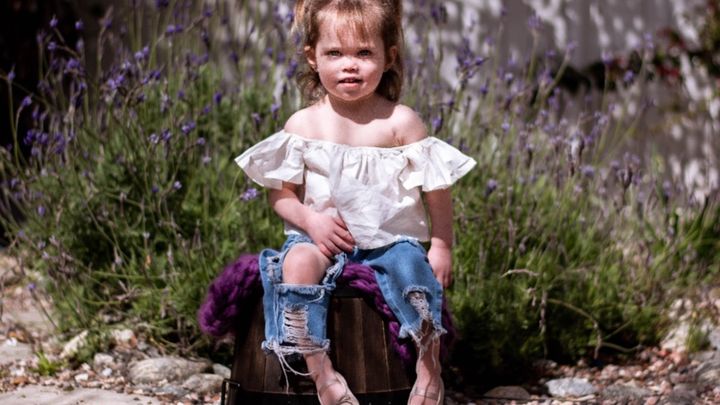
Blythe's Hope
Donation protected

This is going to be a bit of a read, so I hope you bare with me and take a moment to read our story. And thank you!
It all started when she was five months old, I remember that morning she had a cold and we had a doctors appointment to get her four month vaccines. Before heading over to get her shots, I had seen a video on Facebook of a child who reacted to a vaccine that was given with a seizure at the doctors office. I watched it, thought nothing of it. All went well at the doctors appointment with the shots, so we went home and she took a nap. An out of the normal three-hour long nap. So, we ended up waking her up. I was changing her diaper when I noticed her start to develop a "shake" on the right side of her body. I continued to change her diaper and we sat there and played with her while we watched her shake, hoping it would soon stop. I then remembered the video I had seen earlier that morning and had my husband call 911.
Once transferred to a local hospital, she continued to seize until they got it to stop with meds. This first seizure lasted almost 2 hours long. Had I not seen that video that morning, it would have taken me a lot longer to realize what was happening it was such a faint tremor. We were transferred from the local hospital to a local "Children's" Hospital. While there, they had told us she was too young for a febrile seizure, yet still ruled it out as one with no blood work or genetic testing being needed. We were not happy with the diagnosis and the lack of interest in further investigating, being that she was too young for their final diagnosis.
I don't remember how long exactly after this event had happened, but she then had yet another seizure to the opposite side of her body, again lasting over an hour. We were not able to ride with her in the ambulance to the hospital and we were not allowed in the room when we got to the hospital. This time, they couldn't get it to stop and she was intubated. It was the most horrible thing to walk into. They didn't know if when they took the intubation out, if the seizure would still be going or not. After the last experience of the local Children's Hospital, we had them transfer us out to another Children's Hospital for another opinion with doctor's that hopefully would do more testing for our baby. And that they did, although, it would take 5+ months for the genetic test results to come back. She was then put on an anti-seizure medication called Phenobarbital.

With many seizures, worsened seizures, different seizures, 911 calls, ER trips and hospital stays in-between finally, I was called in to hear the results. Her neurologist at the time had told us that it was better if he did not find a "reason why" because then it would be more likely that it would be something that she would grow out of. Not in our case and her newest diagnosis was rare, catastrophic and lifelong. I was in shock and felt as if my whole body went numb.
A little before her first birthday, Blythe was diagnosed with a rare disease called Dravet Syndrome.
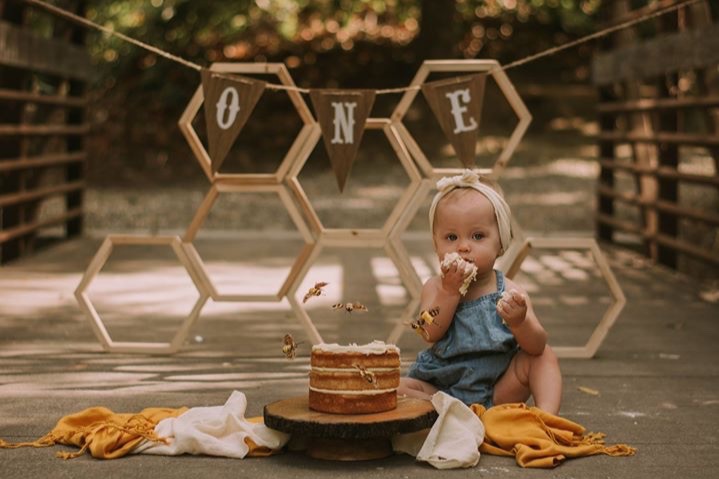
What is Dravet Syndrome?
Dravet syndrome is a rare, catastrophic, lifelong form of epilepsy that begins in the first year of life with frequent and/or prolonged seizures. Previously known as Severe Myoclonic Epilepsy of Infancy (SMEI), it affects 1:15,700 individuals, 80% of whom have a mutation in their SCN1A gene [1]. While seizures persist, other comorbidities such as developmental delay and abnormal EEGs are often not evident until the second or third year of life. Common issues associated with Dravet syndrome include:
-Prolonged seizures
-Frequent seizures
-Behavioral and developmental delays
-Movement and balance issues
-Orthopedic conditions
-Delayed language and speech issues
-Growth and nutrition issues
-Sleeping difficulties
-Chronic infections
-Sensory integration disorders
-Disruptions of the autonomic nervous system (which regulates things such as body temperature and sweating)
Current treatment options are limited, and the constant care required for someone suffering from Dravet syndrome can severely impact the patient’s and the family’s quality of life. Patients with Dravet syndrome face a 15-20% mortality rate due to SUDEP (Sudden Unexpected Death in Epilepsy), prolonged seizures, seizure-related accidents such as drowning, and infections [2,3]. Research for a cure offers patients and families hope for a better quality of life for their loved ones.
For more information please click this link: Dravetfoundation.org
First thing I did when I got home? Searched it on Google. One thing that imbedded into my brain and tore me to shreds? The low life expectancy. I quickly searched out for Facebook groups for any support. And I found the best group of families with children going through the same thing. Without this group, I would have been so less educated on the different types of seizures, interactions, resources and much more.
Since then, medications have been changed numerous times. Life has been a complete roller coaster with no stop button. This syndrome is known as the "ever-changing syndrome." We have 2 different emergency medications, have had a surgery for the VNS, 4 medications for every day and a new one to soon be added. When ever adding or subtracting a medication to/from her daily life it feels as if you are tip-toeing around a ticking bomb. It is all trial and error, never knowing what will or won't work.
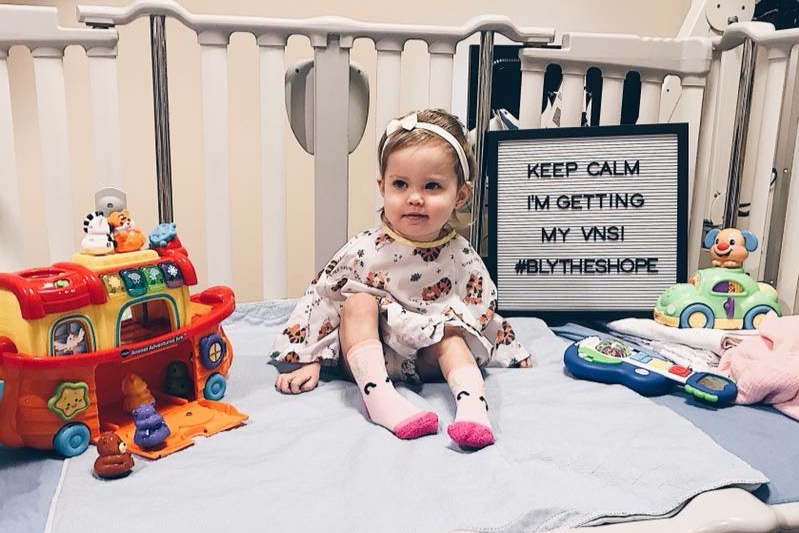
Blythe is the sun. Blythe is the sun and we are the other planets orbiting around her. It always kills me knowing that this is almost always the way that it will be, because she has a big sister. Her big sister is the best big sister when B is not feeling well and needs her there. When Blythe is having a seizure Harper tries anything she can to help us, help her or comfort her. She's amazing. Because Blythe's syndrome is all over the place and triggered by different things it is hard to be able to have Harper as the sun.
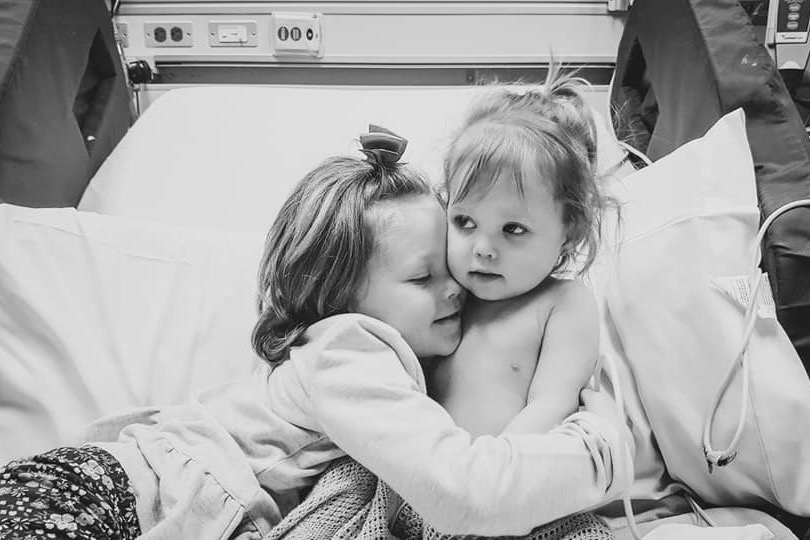
Every day with Blythe is different. Sometimes we go to a span of 2 weeks with it almost seeming "normal." Sometimes it's an every day battle with seizure after seizure, fall after fall, and she will not eat no matter how many different types of food we offer her. Some days it just defeats us all. We never know how long it will last.
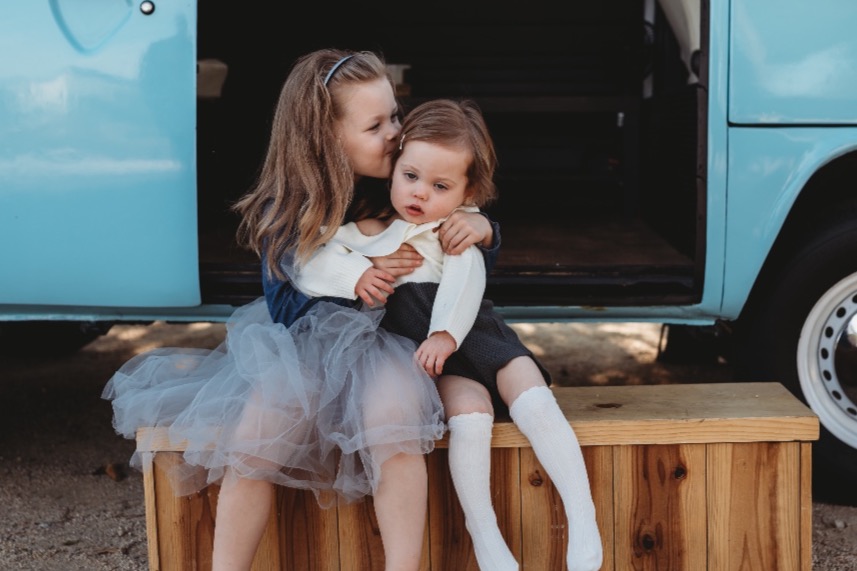 [Family Christmas photo's this year was a horrible day for Blythe where there was constant seizing and we could get no emotion out of her.]
[Family Christmas photo's this year was a horrible day for Blythe where there was constant seizing and we could get no emotion out of her.]Blythe is such an outgoing child when she is feeling well and thriving. I think at times it's harder for me to see her unable to be her independent, outgoing, joyous self.

She brings the light into the room with her smile. And a lot of times we don't see that, and a lot of times we don't see it for weeks. During those tough times, all we hope to see is her beautiful smile...

My husband and I are both 24 and doing our very best to give our children the life they deserve. But it is not at all what we expected or what any parent expects to go through or watch their children go through as they grow up. The medications each week add up, the ambulance trips, ER visits, Doctor visits, therapy sessions, extra things to make her life and our lives easier, the gas, the food when having our hospital stays, all on top of having our everyday expenses and monthly payments, it all adds up.
No parent wants to watch their child helplessly and hopelessly lying there with their brain attacking their body. No parent want's to feel helpless when their child needs them. This is our daughter, this is her life, this is our life. And our plan and hope is to give her the most normal as we can make it, happy and healthy life. Our goal is to give her a life to thrive in.
I hope that this will raise some awareness on just how serious Dravet Syndrome and Epilepsy is and how much of an impact they make on the people around them. We are all about awareness and spreading the word and thank you for taking the time to read our story.
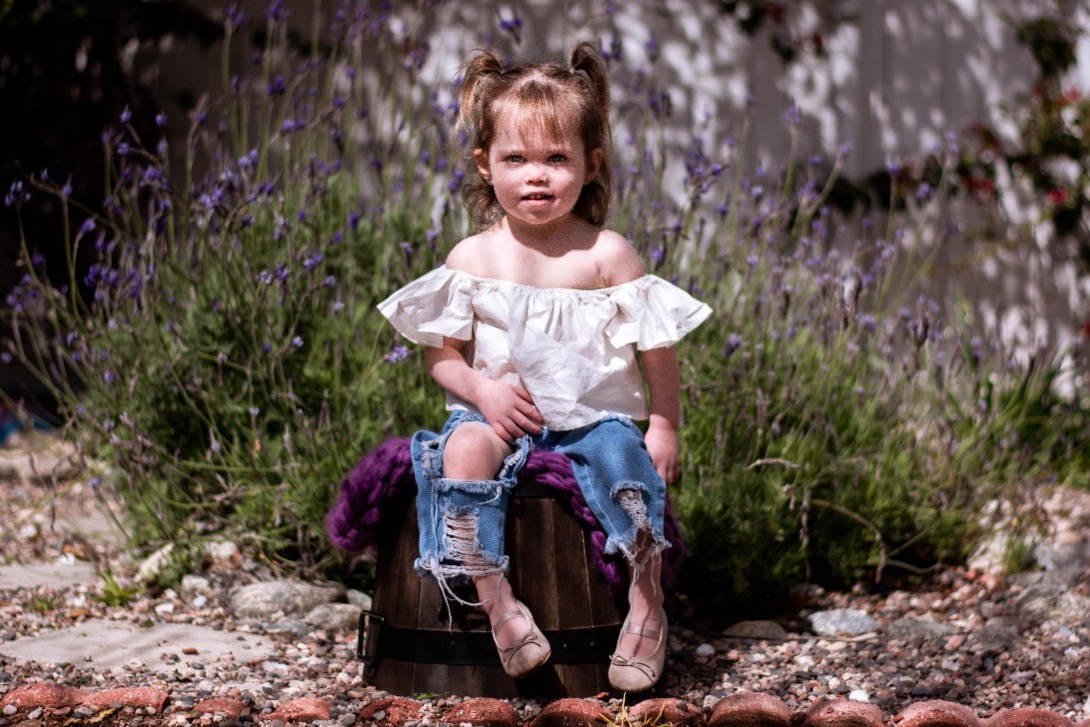
Organizer
Nicole Kleppe
Organizer
Riverside, CA